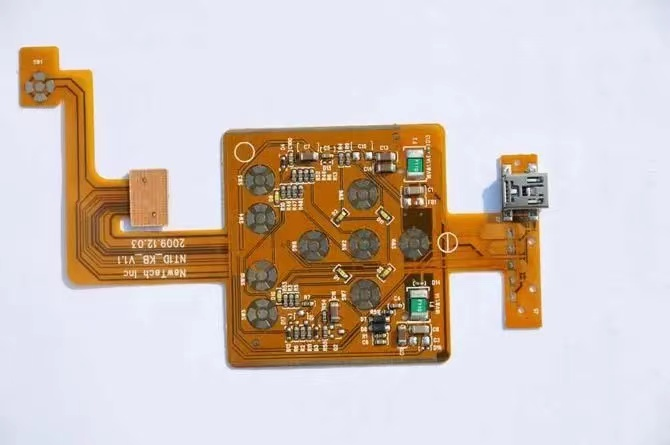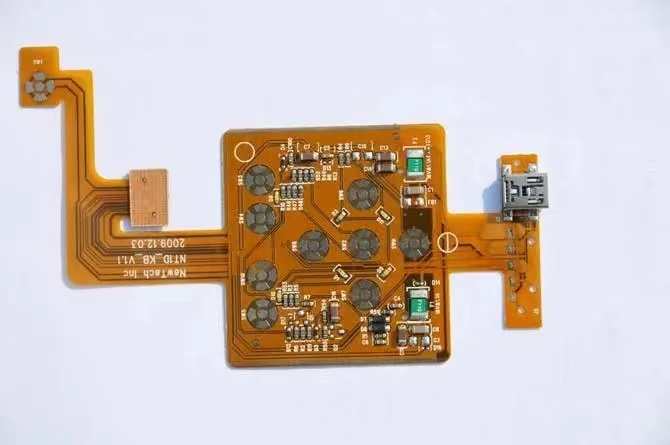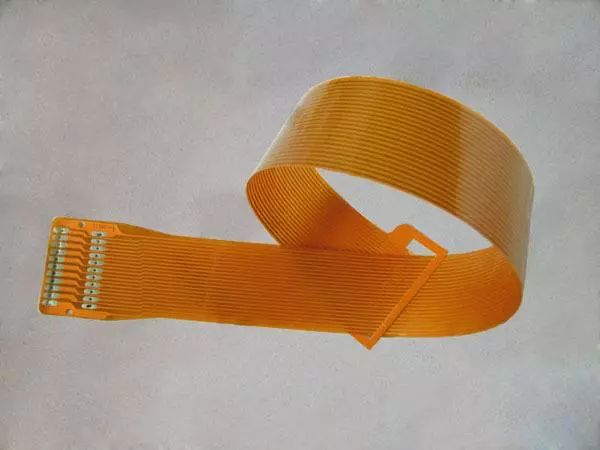
FPC (flexible circuit board) is a kind of PCB, also known as "soft board". FPC is made of flexible substrates such as polyimide or polyester film. It has the advantages of high wiring density, light weight, thin thickness, bendability and high flexibility. It can withstand millions of times of dynamic bending without damaging the wires. It can move and expand freely according to the spatial layout requirements to achieve three-dimensional assembly, achieve the effect of integrating component assembly and wire connection, and has advantages that other types of circuit boards cannot match.
Multilayer FPC
Multilayer FPC circuit board
application
Mobile phone
Focus on the light weight and thin thickness of the flexible circuit board, which can effectively save the volume of the product, and easily connect the battery, microphone and buttons
Computer and LCD screen
The integrated circuit configuration of the flexible circuit board and the thin thickness are used to convert the digital signal into a picture, which is displayed on the LCD screen
CD Walkman
Focus on the three-dimensional assembly characteristics and thin thickness of flexible circuit boards Turn the huge CD into a good companion
Disk drive
Both hard disks and floppy disks rely heavily on the high softness of FPC and the ultra-thin thickness of 0.1mm to complete fast data reading Whether PC or NOTEBOOK
Latest use
Elements of mounting circuit (Su printed ensi. n cireuit) of hard disk drive (HDD) and xe packaging board
Future development
Based on the broad market of FPC in China, large enterprises from Japan, the United States and Taiwan have set up factories in China. By 2012, flexible circuit boards, like rigid circuit boards, had made great progress. However, if a new product follows the rule of "start development climax decline elimination", FPC is now in the area between climax and decline. Before no product can replace the flexible board, the flexible board must innovate to continue to occupy the market share. Only innovation can make it jump out of this strange circle.
So, what aspects should FPC continue to innovate in the future? Mainly in four aspects:
1. Thickness. The thickness of FPC must be more flexible and thinner;
2. Folding resistance. The ability to bend is an inherent feature of FPC. In the future, the folding resistance of FPC must be stronger, which must exceed 10000 times. Of course, it requires a better base material;
3. Price. At this stage, the price of FPC is much higher than that of PCB. If the price of FPC falls, the market will be much wider.
4. Process level. In order to meet various requirements, FPC process must be upgraded, and the minimum aperture and minimum line width/line spacing must meet higher requirements.
Therefore, FPC should be innovated, developed and upgraded from these four aspects to usher in its second spring!
What is PCB
PCB (Printed Circuit Board), which is called printed circuit board in Chinese, is one of the important components of the electronic industry. Almost every kind of electronic equipment, from electronic watches and calculators to computers, communication electronic equipment and military weapon systems, as long as there are integrated circuits and other electronic components, printed boards are used for their electrical interconnection. In the research process of large-scale electronic products, the most basic success factor is the PCB design, documentation and manufacturing of the product's printed board. The design and manufacturing quality of PCB directly affects the quality and cost of the whole product, and even leads to the success or failure of commercial competition.
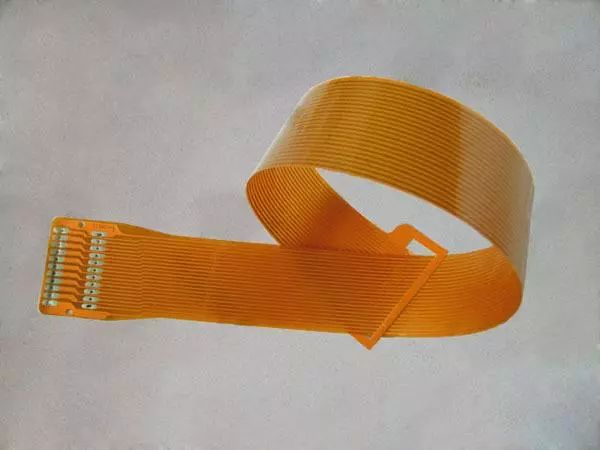
PCB circuit board
Functions of PCB
The role of PCB After the electronic equipment uses printed boards, due to the consistency of similar printed boards, the errors of manual wiring can be avoided, and electronic components can be automatically inserted or pasted, automatically soldered, and automatically detected, ensuring the quality of electronic equipment, improving labor productivity, reducing costs, and facilitating maintenance.
Development of PCB
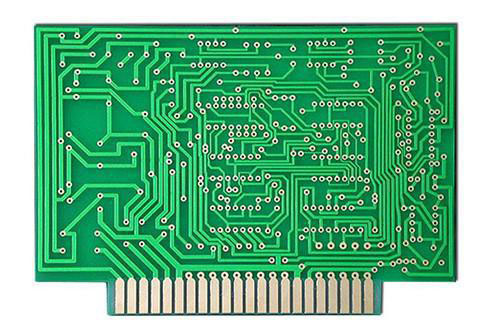
Printed boards have developed from single-layer to double-sided, multi-layer and flexible, and still maintain their own development trends. Due to the continuous development towards high precision, high density and high reliability, and the continuous reduction of volume, cost and performance, the printed circuit board will still maintain strong vitality in the future development project of electronic equipment.
The review of the development trend of the future PCB production and manufacturing technology at home and abroad is basically consistent, that is, the development direction is high density, high precision, fine aperture, fine wire, fine spacing, high reliability, multi-layer, high-speed transmission, light weight, thin type, and the production direction is to improve productivity, reduce costs, reduce pollution, and adapt to multi variety, small batch production. The technical development level of printed circuit is generally represented by the line width, aperture, and thickness/aperture ratio of printed circuit board
summary
In recent years, the market of consumer electronic products, led by mobile electronic devices such as smart phones and tablets, has grown rapidly, and the trend of miniaturization and thinness of devices has become increasingly evident. What follows is that traditional PCB can no longer meet the requirements of products. Therefore, major manufacturers began to research new technologies to replace PCB. FPC, as the most popular technology, is becoming the main connecting accessory of electronic equipment.
In addition, the rapid rise of emerging consumer electronics markets such as wearable intelligent devices and unmanned aerial vehicles also brings new growth space for FPC products. At the same time, the trend of display and touch of various electronic products also makes FPC enter a wider application space with the help of small and medium-sized LCD screens and touch screens, and the market demand is growing.
The latest report shows that in the future, flexible electronic technology will drive a trillion scale market, which is an opportunity for China to strive for leapfrog development of the electronic industry and can become a national pillar industry.


